Topic: 3D-Printing Clay: Exploring Coded Patterns
Date: February 1 – 2, 2025
Time: 14:00 – 18:00 GMT
Format: Online on Zoom
Duration: 2 Sessions (8 Hours)
Registration Deadline: January 31st, 2025
Total Seats: 50 seats
Difficulty: Beginner-Intermediate
Language: English
Certificate: Yes
General Registration: 100 EUR
First 10 Seats: 85 EUR
Join free: with Full Access membership
Fee For Digital Members: 70 EUR (15% discount available only for Digital Members)
Organized By: PAACADEMY
Tutor: Alejandra Rojas
Recordings: Recordings will be available for all participants afterward indefinitely.
Introduction to 3D-Printing Clay:
The workshop will explore design opportunities of 3D printing with clay, blending traditional craftsmanship with new fabrication tools. Rhinoceros and Grasshopper will be used to develop parametric geometries and translate them into G-Code, a programming language directly controlling 3D printers. By mastering this process, participants will gain precise control over the printer’s movements, enabling them to create highly customized and intricate ceramic designs.
Grasshopper is a visual programming language integrated into Rhinoceros. It offers an intuitive way to create parametric models and explore various design possibilities. Through this workshop, students will translate digital designs into tactile ceramic forms and explore innovative approaches to materiality and form, experimenting with the boundaries of what is possible with clay and technology.
The Scope of 3D-Printing Clay:
Design Focus:
The workshop will center on creating column and tower typologies, emphasizing vertical geometries that integrate unique textural patterns. Participants will explore how to develop and refine these patterns by manipulating geometric paths and combining functionality with aesthetic appeal.
Building Complexity:
The exercises are structured to progressively increase in complexity, enabling participants to build foundational skills before tackling more advanced techniques. This approach ensures a balance of technical learning and creative exploration, culminating in tall, intricate ceramic forms that showcase the possibilities of clay 3D printing.
The workshop will employ four distinct workflows to guide participants through the process of designing and 3D printing clay objects, progressively increasing in complexity.
Workflow 1: Basic Geometry Model
- Model a simple geometry in Rhinoceros.
- Export the geometry to Cura, a 3D printing slicing software.
- Review and adjust Cura settings for 3D printing.
- Send the geometry to print.
Workflow 2: Introduction to Grasshopper
- Create a simple geometry definition in Grasshopper.
- Bake the geometry into Rhinoceros.
- Export the geometry to Cura for slicing.
- Send the geometry to print.
Workflow 3: Develop Textural Features
- Develop an advanced geometry definition in Grasshopper, incorporating textural elements.
- Generate G-Code directly from the Grasshopper definition.
- Send the geometry to print.
Workflow 4: Non-Planar Geometry Exploration
- Design a non-planar geometry using Grasshopper.
- Generate G-Code for complex geometry directly from the Grasshopper definition.
- Send the geometry to print.
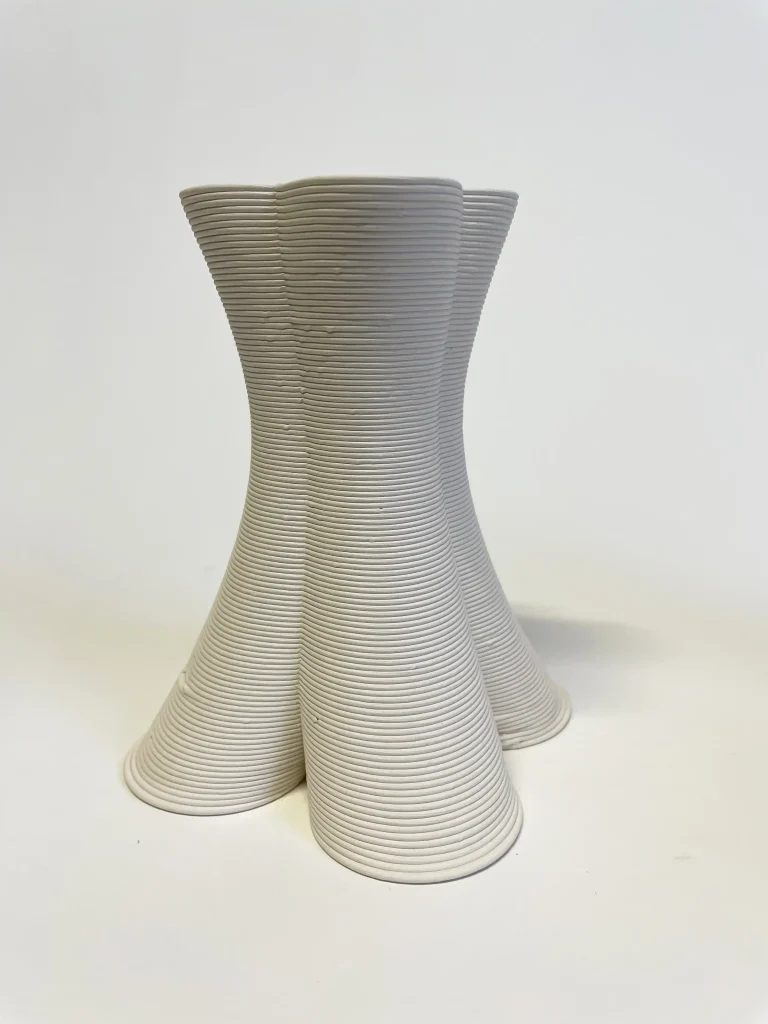
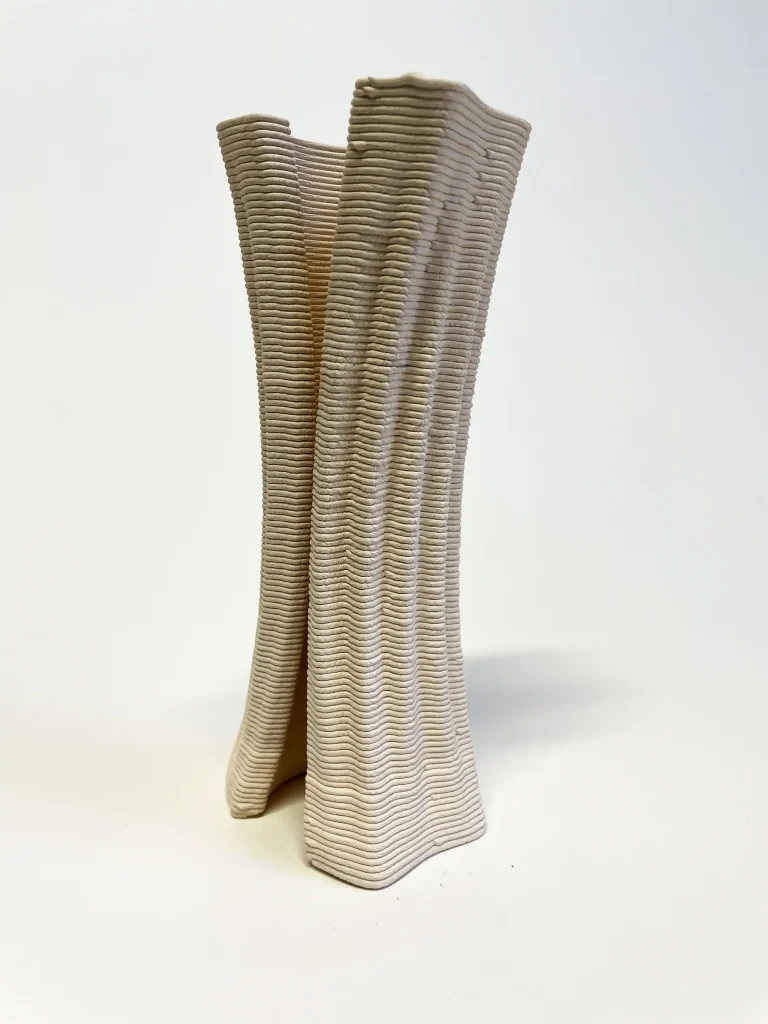
Program:
Day 1: Foundational Skills
Introduction to the Workshop: Overview of objectives, tools (Rhinoceros, Grasshopper, Cura), and the 3D printing process.
Workflow 1:
- Model a simple geometry in Rhino.
- Export the geometry to Cura for slicing and exploring Cura settings.
- Send the geometry to the printer for fabrication.
Workflow 2:
- Create a simple parametric geometry in Grasshopper.
- Bake the geometry into Rhino for refinement.
- Export the geometry to Cura and prepare it for printing.
Demonstration:
Recordings of the exercises being printed will be provided to help the participants visualize how the printer interprets the designs.
Day 2: Advanced Techniques
Introduction to G-Code: Explanation of its relevance in fabrication and how to generate it using Grasshopper.
Workflow 3:
- Develop a geometry definition in Grasshopper with added textural features.
- Translate the design into G-Code for printing.
- Watch video recordings of the exercises printed using G-Code.
Workflow 4:
- Explore the creation of non-planar geometries in Grasshopper.
- Generate G-Code for these complex forms.
- Send the geometry to print and review the results.
- Watch video recordings of the exercises printed.
Advanced Applications:
- Experiment with isocurves, patterns, and textures in Grasshopper to create intricate surface details.
- Combine learned techniques to refine complex workflows and achieve unique outputs.
- Watch video recordings of the exercises printed.
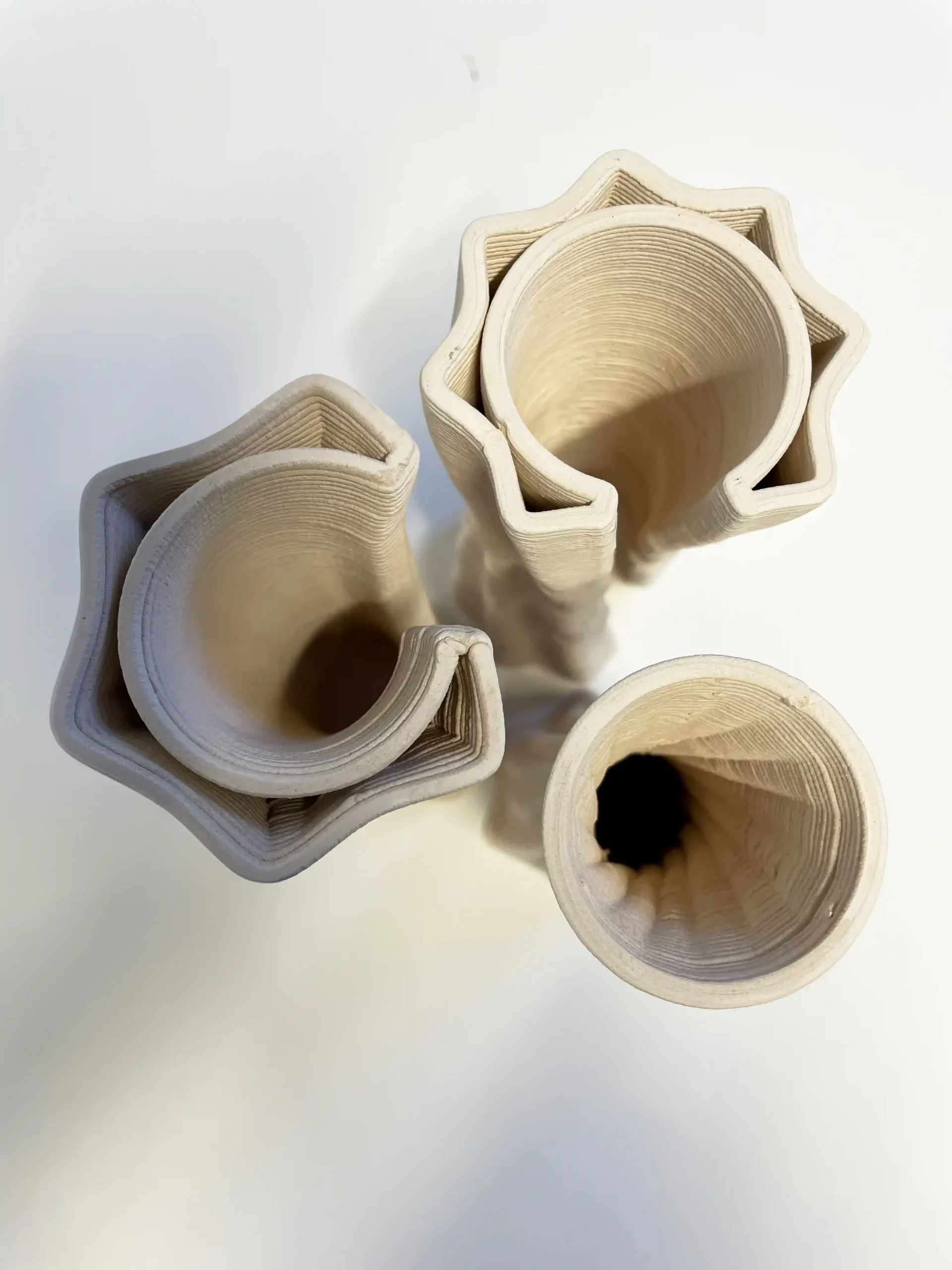
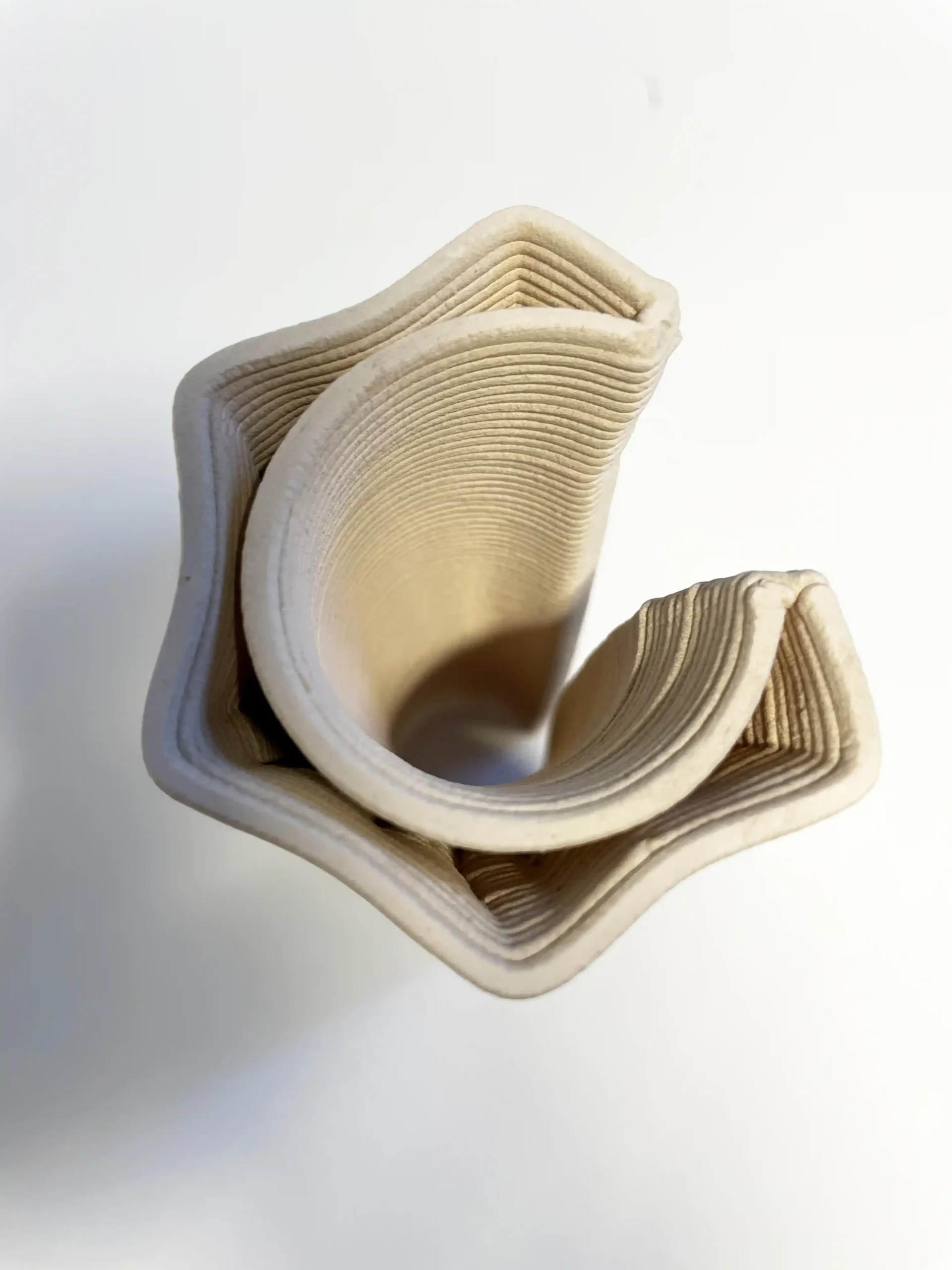
Software & Plugins:
- Rhinoceros 3D
- Grasshopper
- Ultimaker Cura
- PrusaSlicer
Plugins:
Workshop Notes:
- Please ensure you have all the software installed before the workshop starts. Software installation is NOT a part of the workshop.
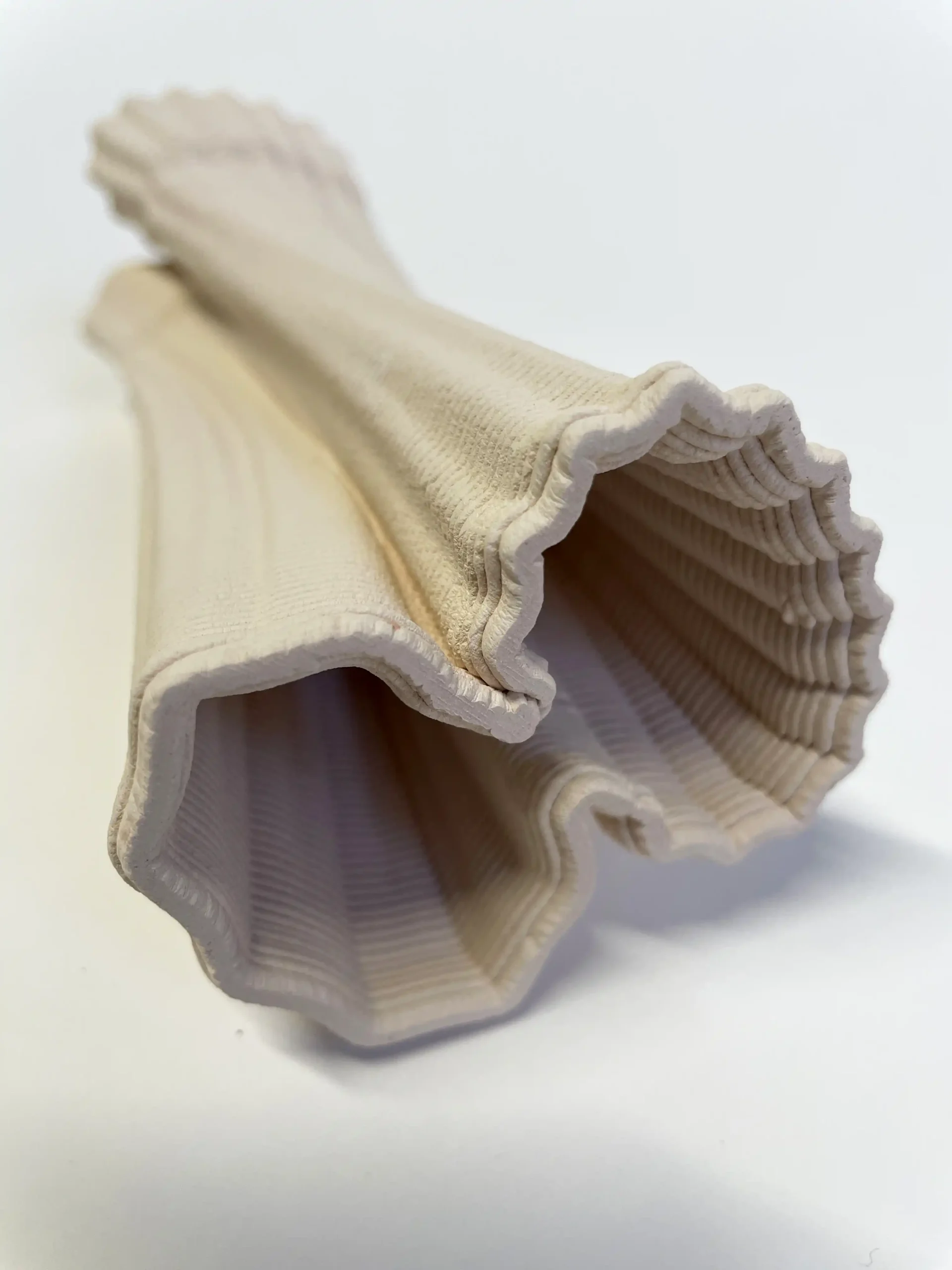
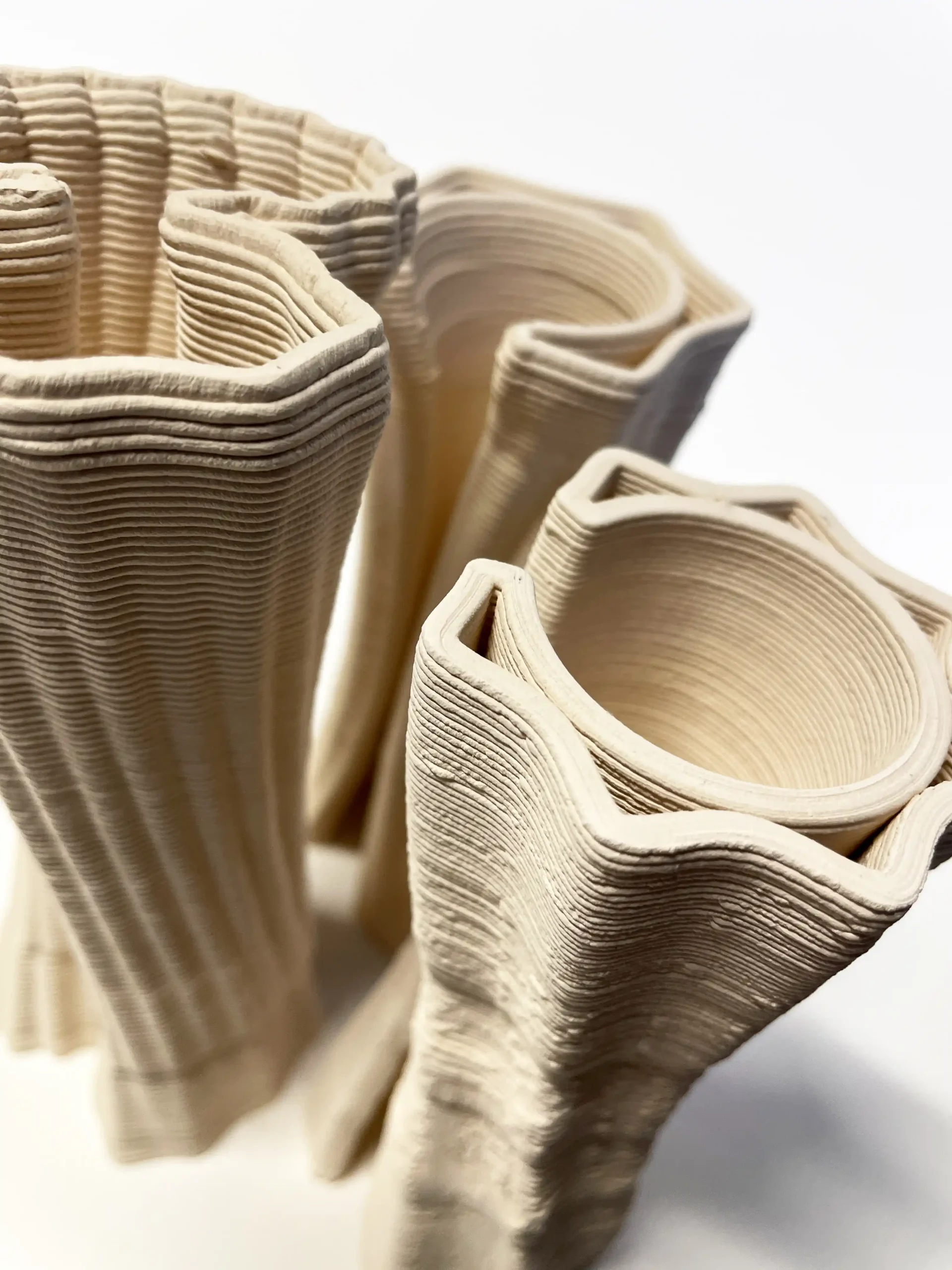
Instructor:
Alejandra Rojas
Alejandra Rojas is an artist, designer, architect, and educator based in New York City. She is a Peruvian immigrant who grew up in an artistic environment. She pursued a career in architecture at the University of Waterloo in Canada. Later, she completed a Master’s in Architecture and Urbanism at the Architectural Association in London, where she specialized in computational design and fabrication. Her studies allowed her to travel to multiple cities for work and study, including Toronto, NYC, Rome, and London. She started working with clay as a creative outlet but decided to bring what she had learned and loved from architecture and establish her studio.
For the past few years, she has developed her research for patterns and unusual forms and transformed them into sculptural clay objects. In parallel, she has taught in multiple universities, design studios, computational design and fabrication, visualization, and advanced modeling workshops. She is currently an adjunct faculty at the New School. Alejandra’s work has been showcased at several international exhibitions. Most recently, she presented her work at Milan Design Week 2024 as part of the Isola Design Exhibition: This Future is currently unavailable.
She has also participated at the London Festival of Architecture as part of the Architect-Maker Pop-up at Cuemars and 1000 vases for the 1000 VASES Paris exhibition during Paris Art Week. She has showcased her work in the US at multiple trade shows, including Wanted Design for ICFF NYC, Shoppe Object NYC, and NYNOW. Her work has been acquired by Alexis Bittar Stores and The Jewish Museum Store, among others.
Important Notes:
- The “3D-Printing Clay: Exploring Coded Patterns” Studio workshop by PAACADEMY will start at 14:00 (GMT) on Saturday, February 1st, 2025.
- Total sessions: 2 Sessions
- The teaching duration per session will be 4 hours.
- Students will have time for a break between teaching hours.
- Each session and the entire studio will be recorded, and videos will be available for participants just a day after the class for unlimited time.
- PAACADEMY will provide a certificate of attendance.
- The studio has limited seats. Tickets are non-transferable & non-refundable. Please read carefully before you register.
Topic: 3D-Printing Clay: Exploring Coded Patterns
Date: February 1 – 2, 2025
Time: 14:00 – 18:00 GMT
Format: Online on Zoom
Duration: 2 Sessions (8 Hours)
Registration Deadline: January 31st, 2025
Total Seats: 50 seats
Difficulty: Beginner-Intermediate
Language: English
Certificate: Yes
General Registration: 100 EUR
First 10 Seats: 85 EUR
Fee For Digital Members: 70 EUR (15% discount available only for Digital Members)
Organized By: PAACADEMY
Tutor: Alejandra Rojas
Recordings: Recordings will be available for all participants afterward indefinitely.


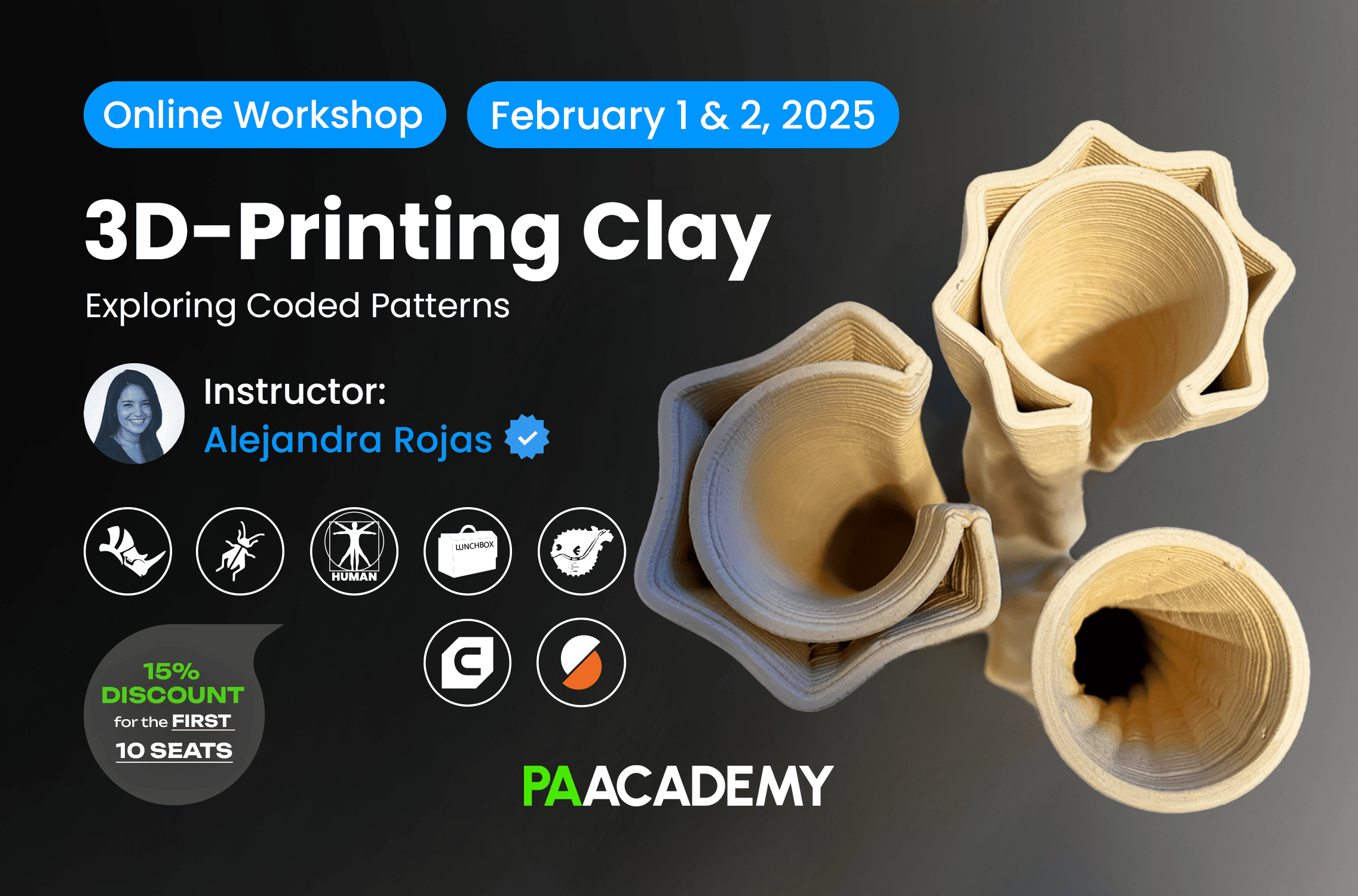
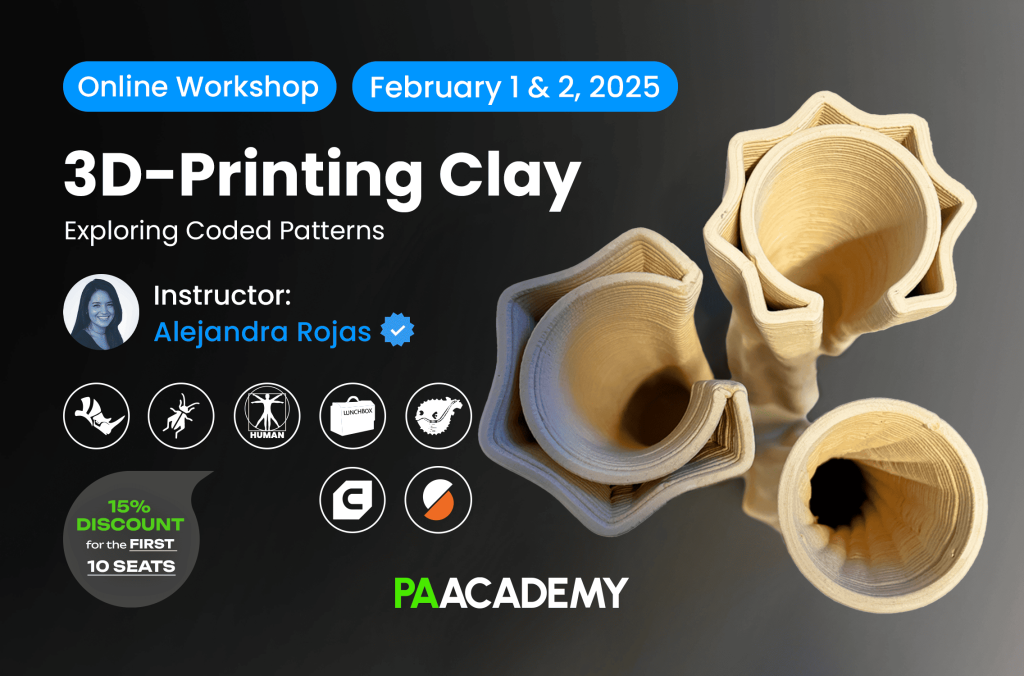

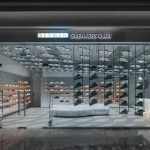
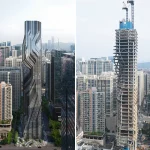












Leave a comment